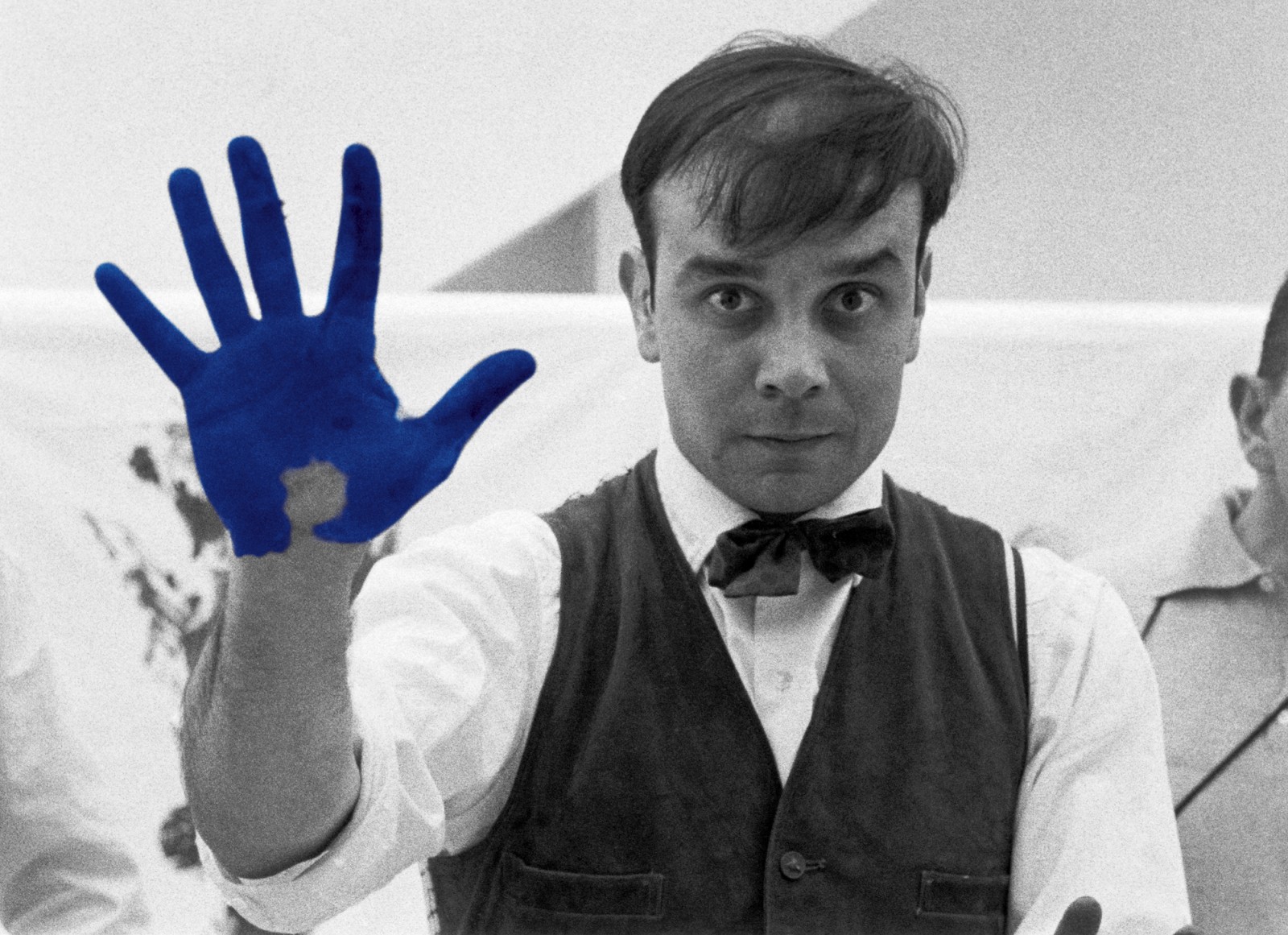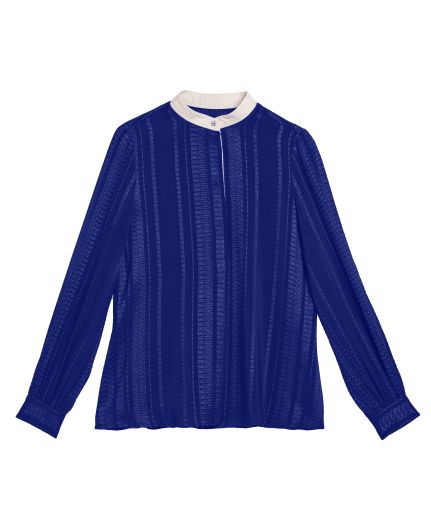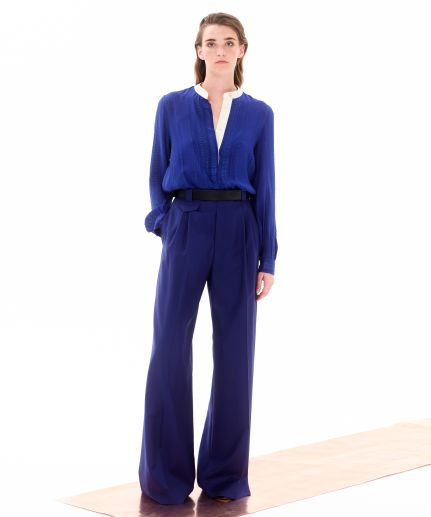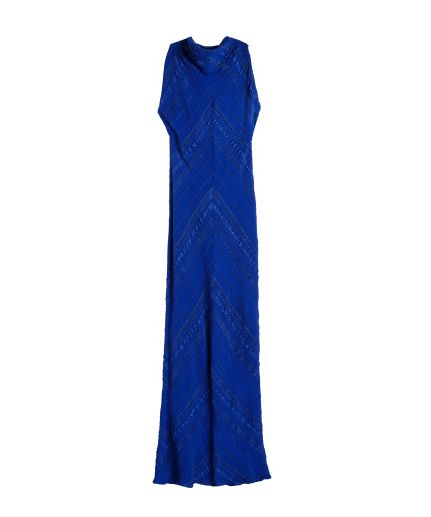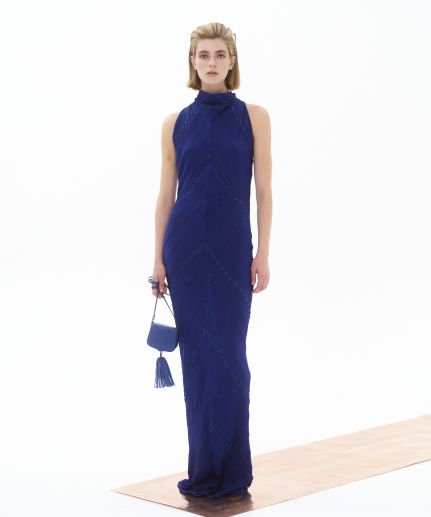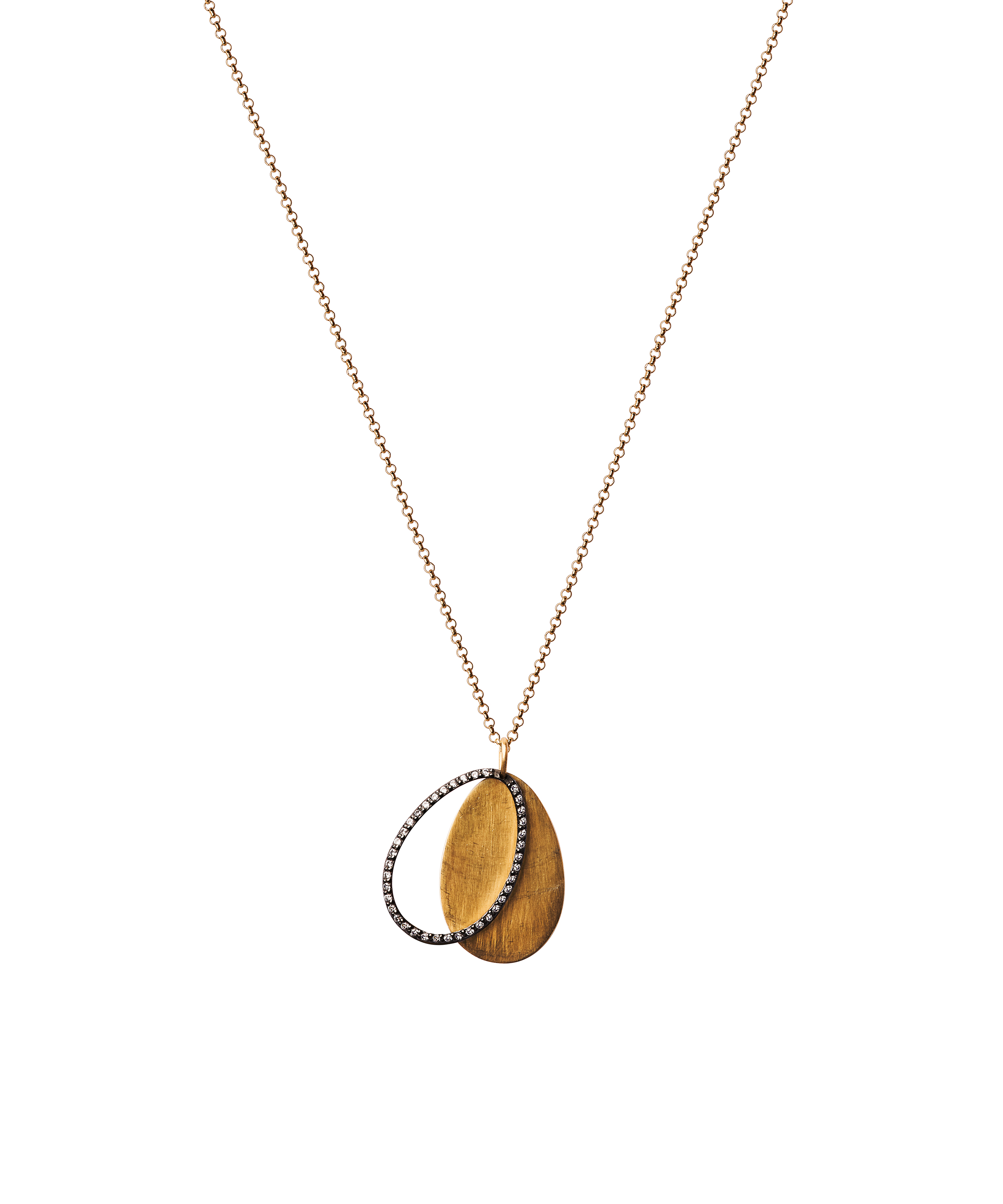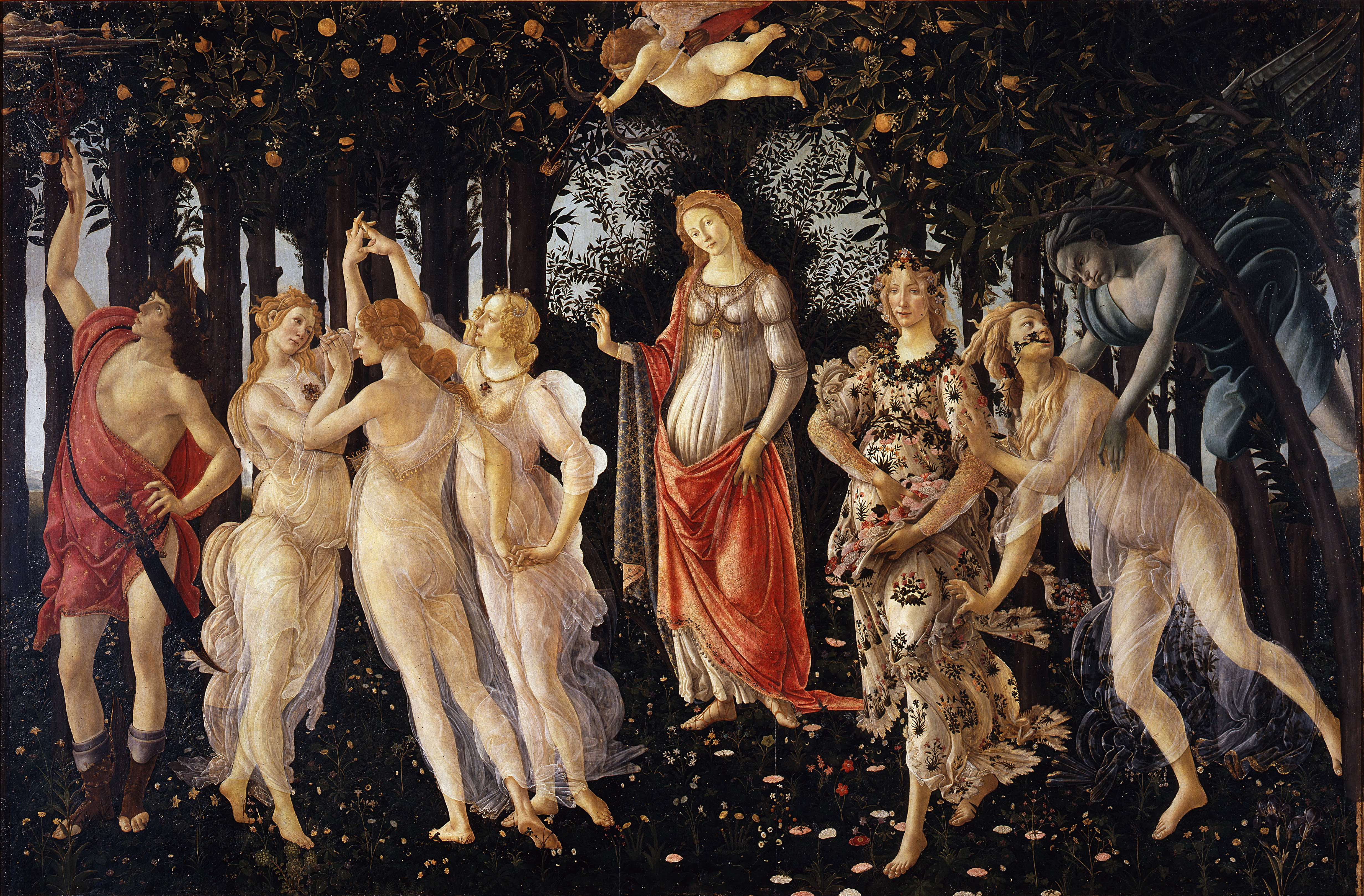The Fantastically Blue World of Yves Klein
In the world of art and design, colours speak, evoke emotions, and touch the soul. Take blue, for instance. The spectrum of blue shades used in variations has become the key colour and a trademark of Zeus+Dione. And within the palette of the 'Small Trades Resort’24' collection, there's a special shade of blue that's more than meets the eye—it tells a story. This vivid hue, woven into the textured Spathoto silk from Soufli, composes garments with an artistic edge. Yet, the story behind this takes us on a journey into 20th-century art, led by the visionary polymath Yves Klein. Klein's fascination with blue didn't start with a paintbrush, but with a bold claim of the sky as his canvas.
Image: Portrait of Yves Klein during the shooting the documentary of Peter Morley The Heartbeat of France. Studio of Charles Wilp, Dusseldorf, Germany, February, 1961
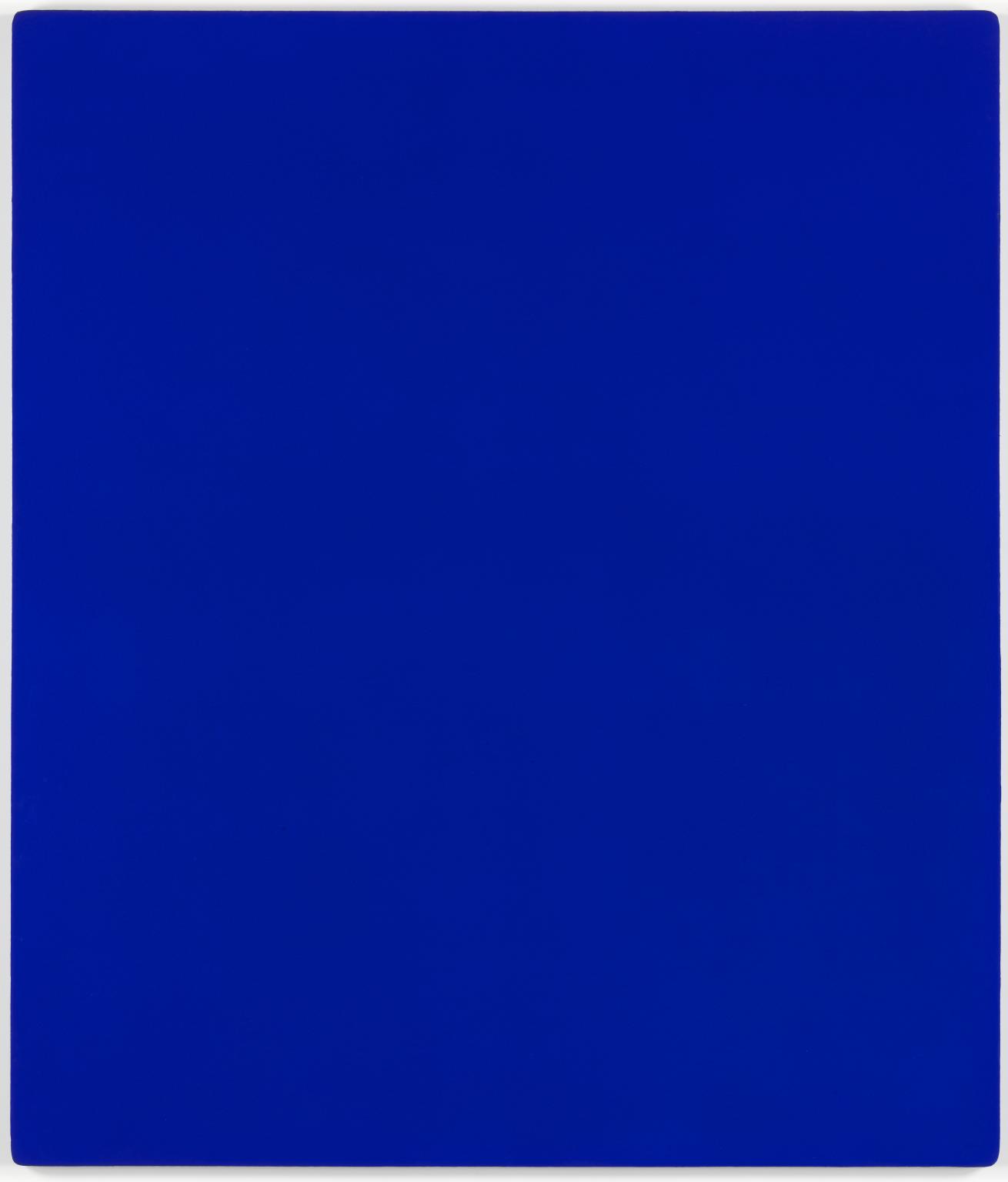
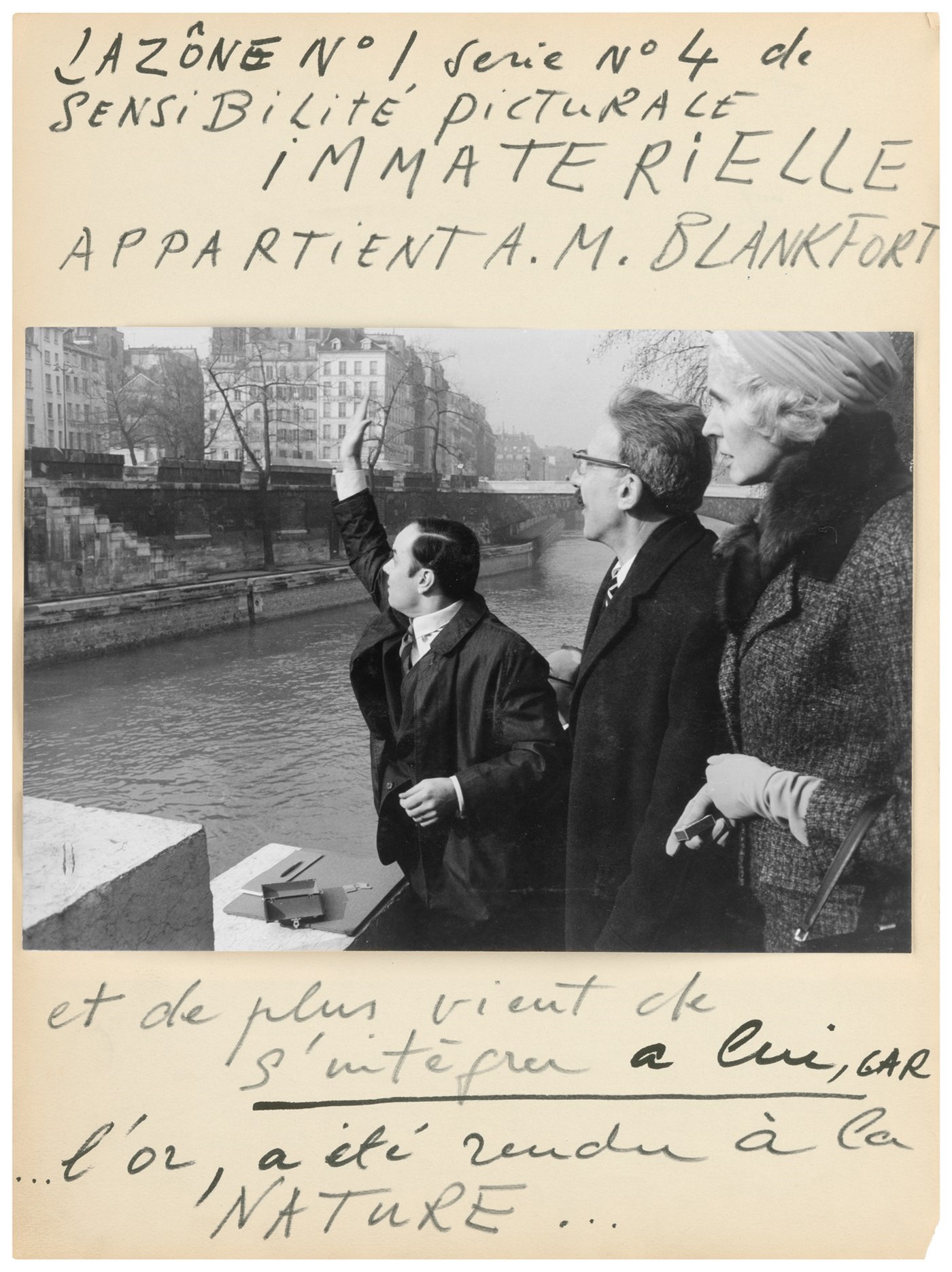
The sky's the limit... Unless you're Yves Klein.
Picture a sunny day on a Nice beach, and there, amidst laughter and dreams, three creative minds divvied up the universe. Young poet Claude Pascal claimed language and words, while sculptor Arman chose the materiality of earth. And Klein? This daring 19-year-old set his sights higher – up to the sky itself - ‘the void’ - the planet empty of all matter. He confidently claimed it as his own, challenging even the birds that dared to crisscross his celestial canvas, as if to say, “This is my masterpiece!”
A hue ‘bluer-than-blue’ inspired by the Renaissance’s heavens.
“I was struck with amazement in Assisi when I discovered the scrupulously monochrome frescoes in the basilica of Saint Francis,” (Yves Klein, “Conférence à la Sorbonne”, Yves Klein, op. cit., p. 136). This trip to Italy was a game-changer. Captivated by Giotto’s luminous blues, Klein embarked on a quest to capture this heavenly ultramarine hue, a colour evoking the expanse of the infinite skies and depth of the oceans.
The ‘adventure into monochrome.’
Yves Klein had a bold idea: he wanted to “liberate colour from the prison that is the line.” To him, monochrome was the key to "making the absolute visible." While his first Monochrome display in Paris didn't exactly thrill the crowds, Klein didn't back down. He decided to zero in on one color: blue. And that's how the quest for International Klein Blue (IKB) began!
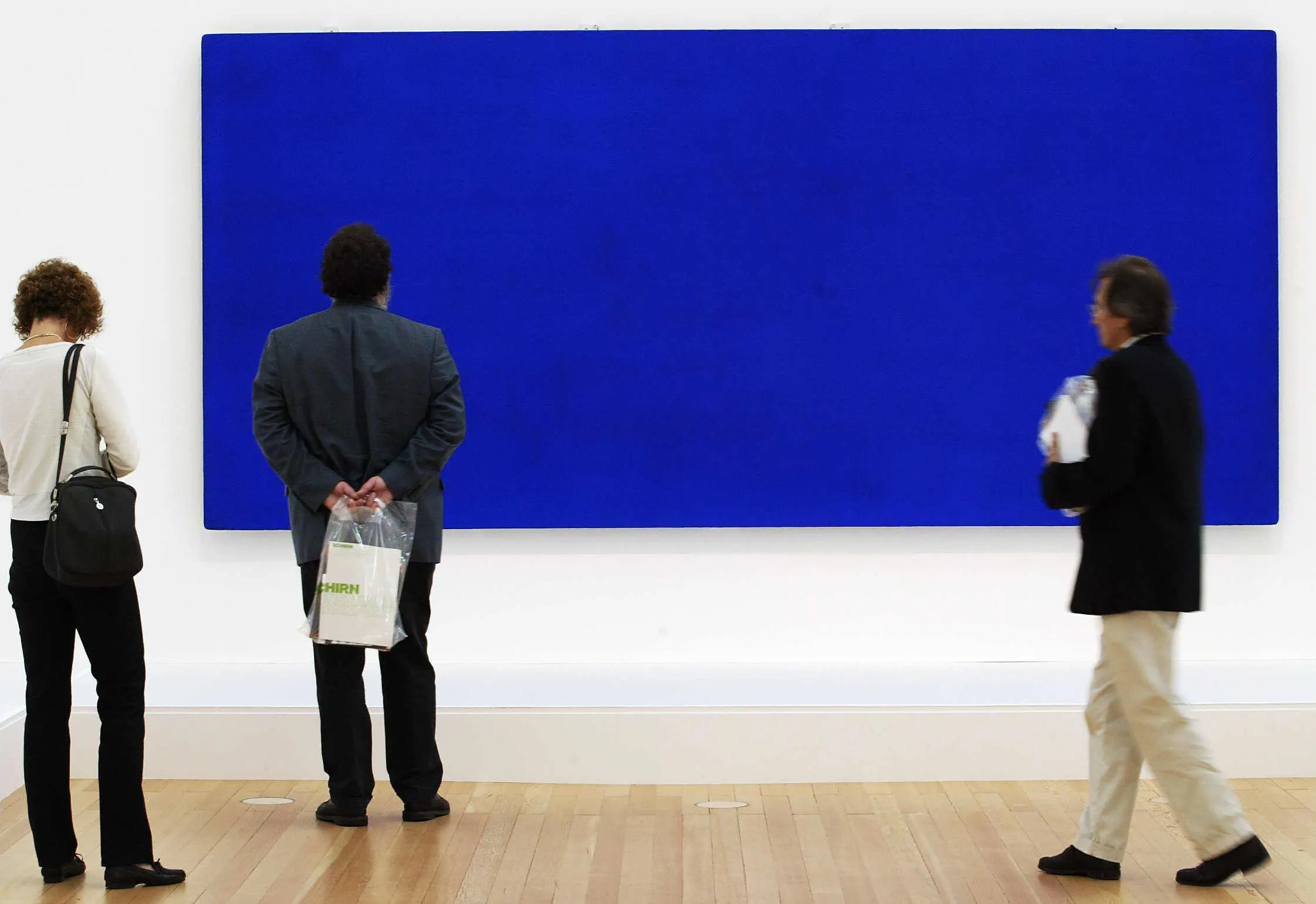
The invention of IKB: A partnership with chemistry.
Klein's vision of blue surpassed any existing pigment. It wasn't just any blue; it needed to be a blue that embodied the vastness and depth of the sky itself. Thanks to a groundbreaking collaboration with Édouard Adam, a paint merchant, and Rhône-Poulenc, a French chemical company, Klein developed IKB, a colour so vibrant and deep that it seemed to open doors to another dimension.
A window to the infinite.
In 1957, Klein introduced the world to his "Blue Monochromes" at the Gallery Apollinaire in Milan. Eleven almost identical blue canvases served as portals to the infinite, each one a silent testament to the immensity of Klein's blue dream.
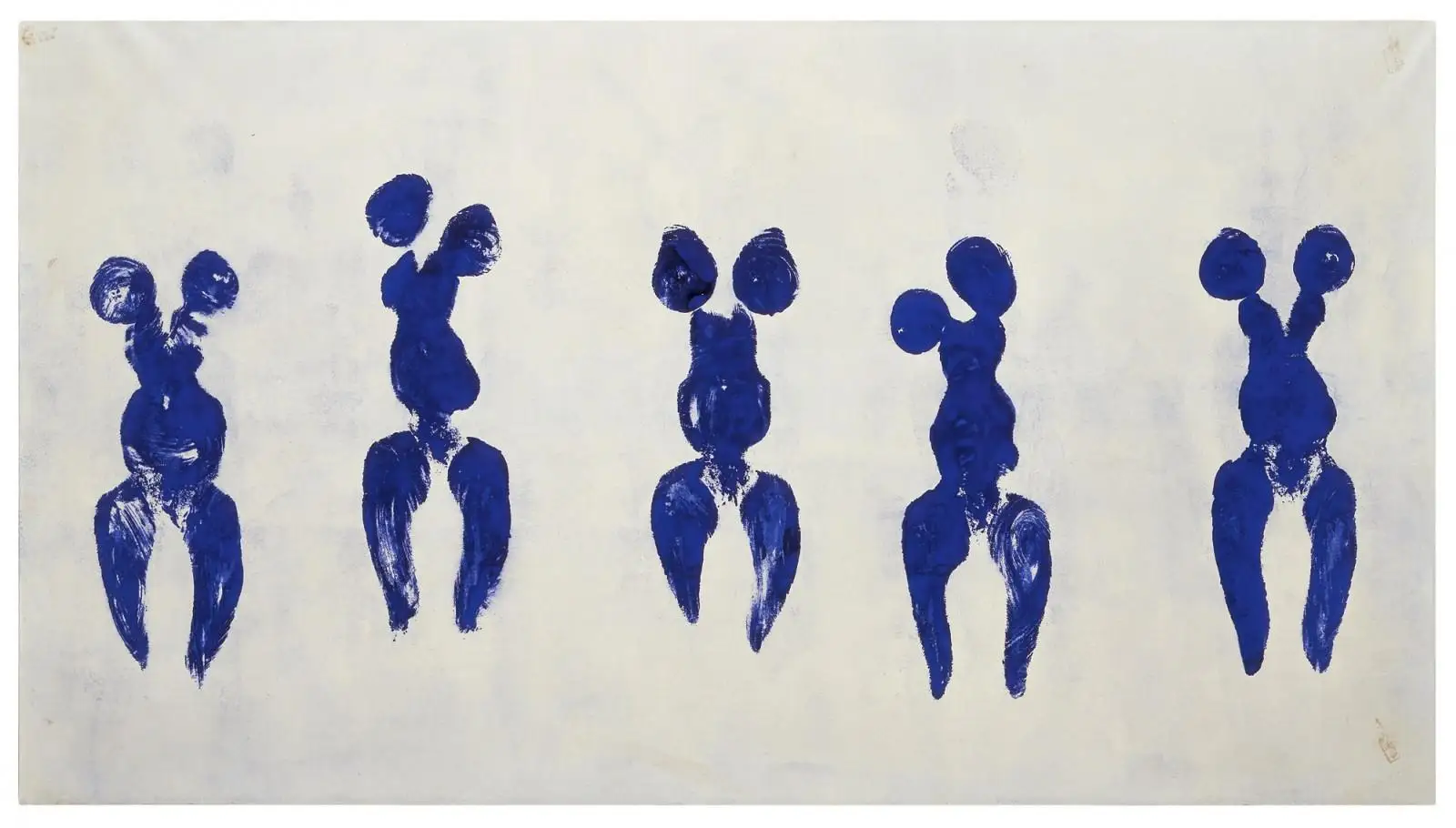
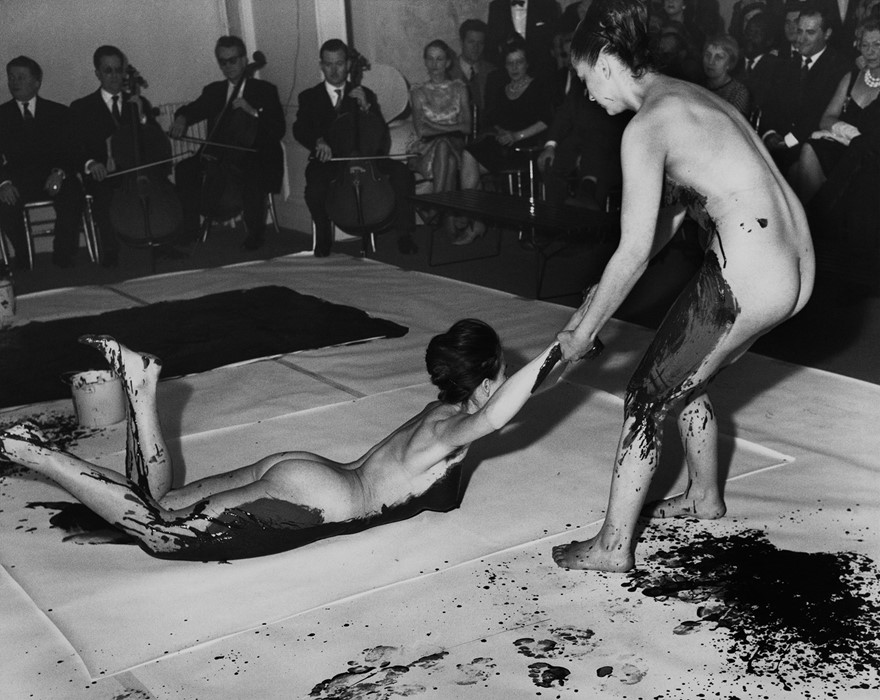
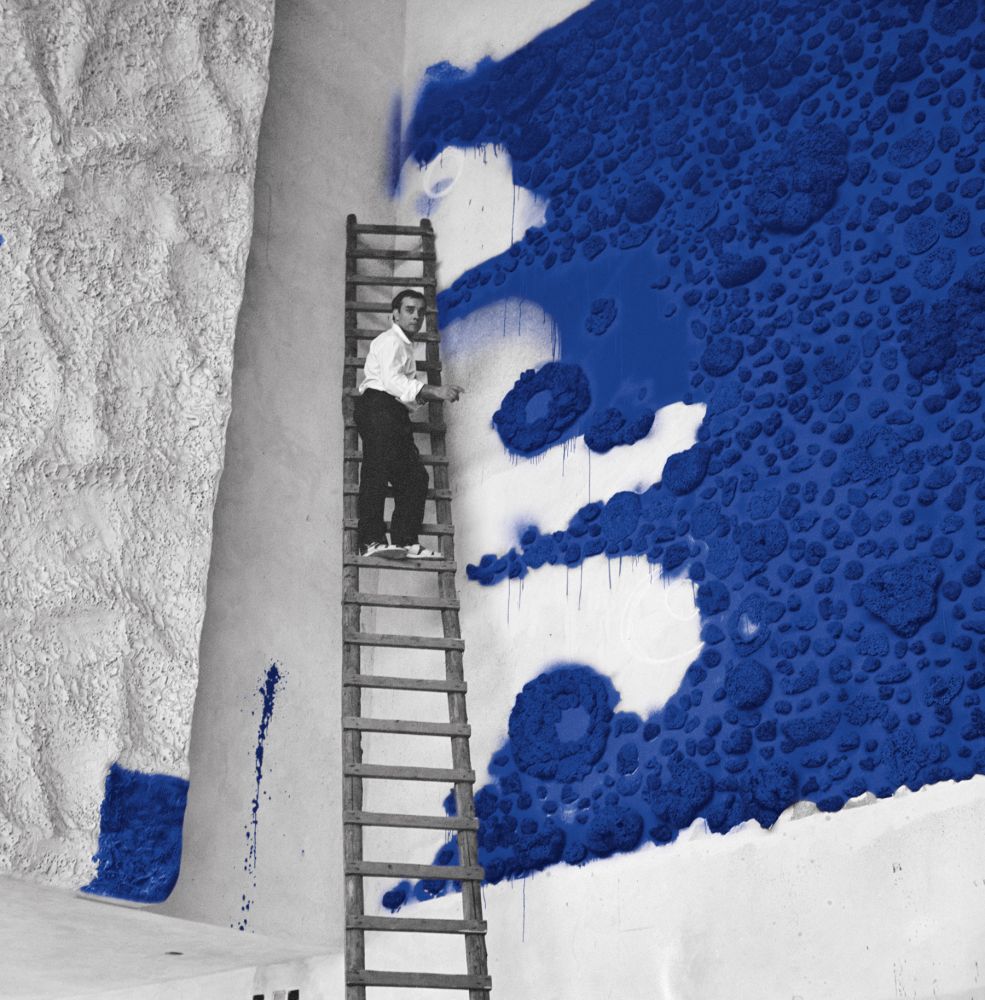
The Art of Living Brushes, in short 'Anthropometry.'
Klein didn't just paint with IKB; he lived and breathed it. His innovative use of the colour extended to performances with "living paintbrushes"—models covered themselves in IKB paint and pressed their bodies against blank canvases. During these performances, musicians played Klein's Monotone Symphony—a single note played for twenty minutes, followed by twenty minutes of silence.
“Art is everywhere that the artist goes.”
According to Klein, beauty existed everywhere, but in a state of invisibility. His task was to capture beauty wherever it might be found, in matter as in air. He created "zones of immaterial sensibility," spaces where the essence of IKB could be felt without physical presence. Klein's blue transcended the tangible, inviting the audience to experience colour as a living, breathing
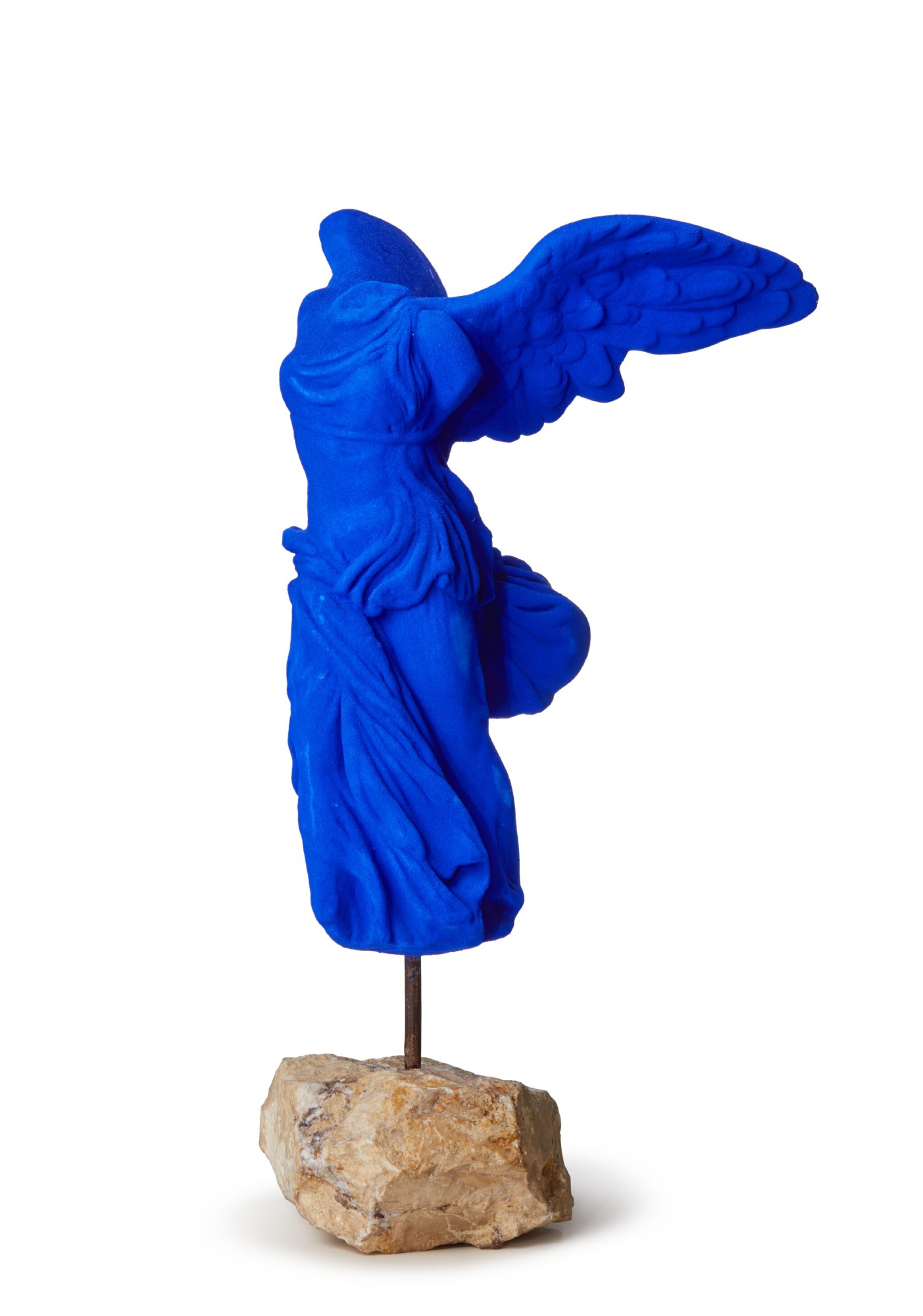
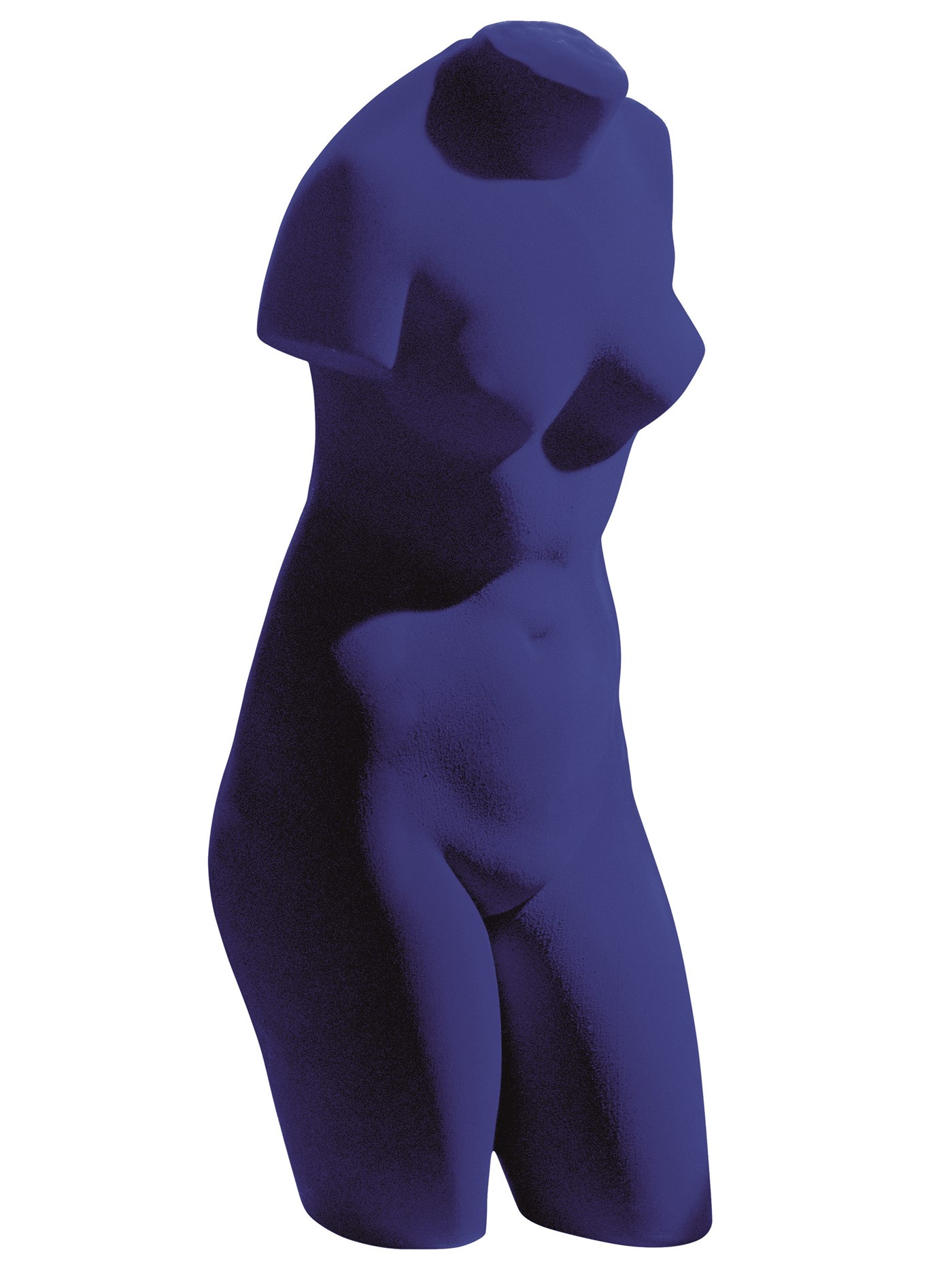
A legacy beyond dimensions.
Despite the colour's fame and the many attempts to replicate it, the exact formula of IKB still remains a closely guarded secret. Klein's proprietary blend, registered with the Institut National de la Propriété Industrielle, ensures that true IKB remains an exclusive Klein experience.
The phantom hue.
Decades after Klein's revolutionary creations, IKB continues to inspire contemporary artists and designers worldwide. Many runways and collections have glimmered with hues reminiscent of Klein's blue. But remember, seeing IKB on fabric is like chasing a ghost; unless you're standing in front of a Klein original, you're not truly seeing the International Klein Blue.
Yves Klein taught us that a colour could be more than a visual experience; it could be a doorway to the infinite, a challenge to our perceptions of art, and a testament to the power of imagination. In the end, Klein didn't just create art; he created a universe—a boundless, mesmerizing blue that continues to captivate and inspire. So next time you look up at a clear blue sky, remember, you're sharing a canvas with Yves Klein, the man who owned the blue.
Yves Klein's work is included in the public collections of the Centre Pompidou - Paris, France; Tate Modern - London, UK; Museum of Modern Art (MoMA) - New York City, USA; Guggenheim Museum - New York City, USA; Stedelijk Museum - Amsterdam, Netherlands; and Hirshhorn Museum and Sculpture Garden - Washington, D.C., USA.
